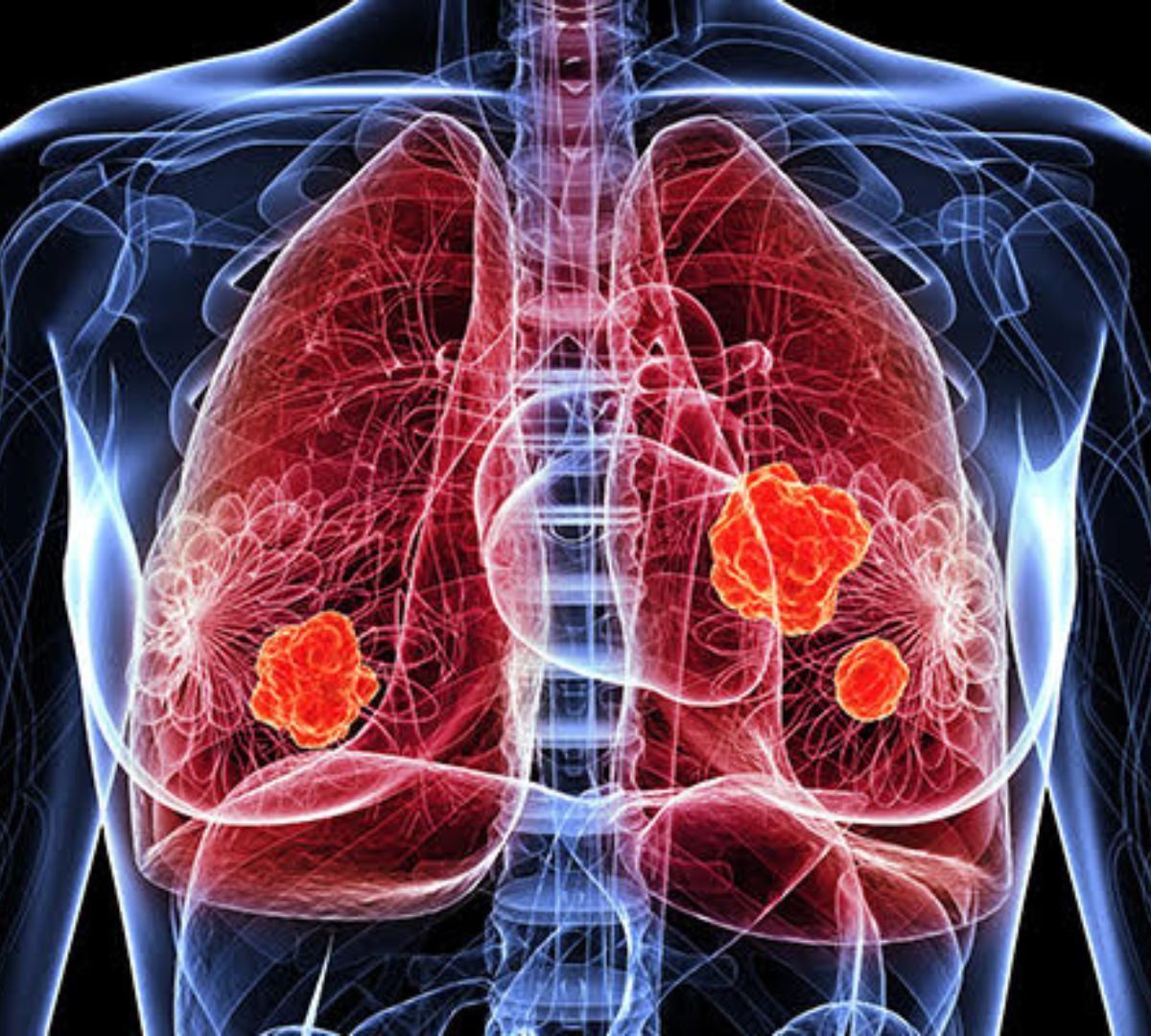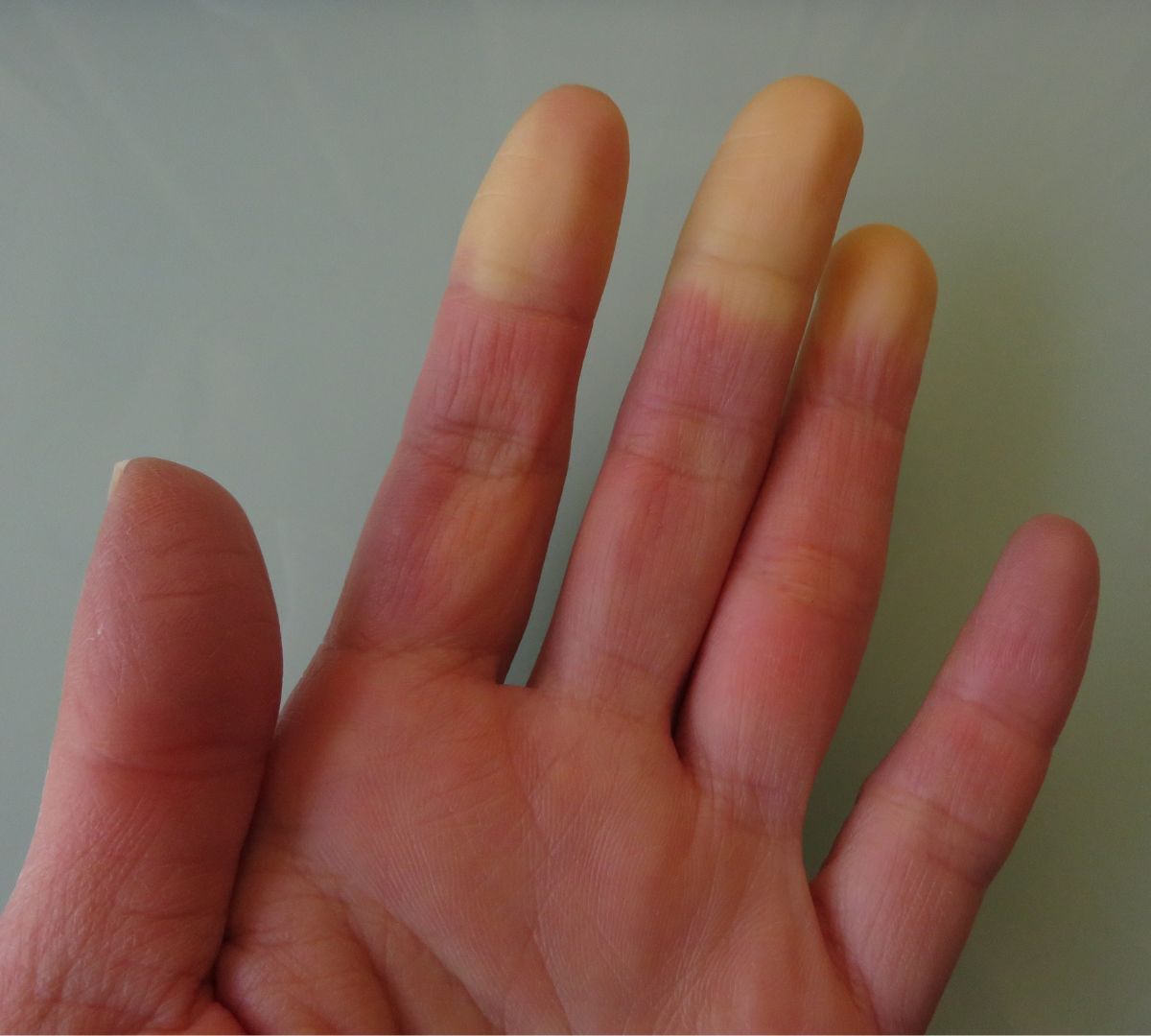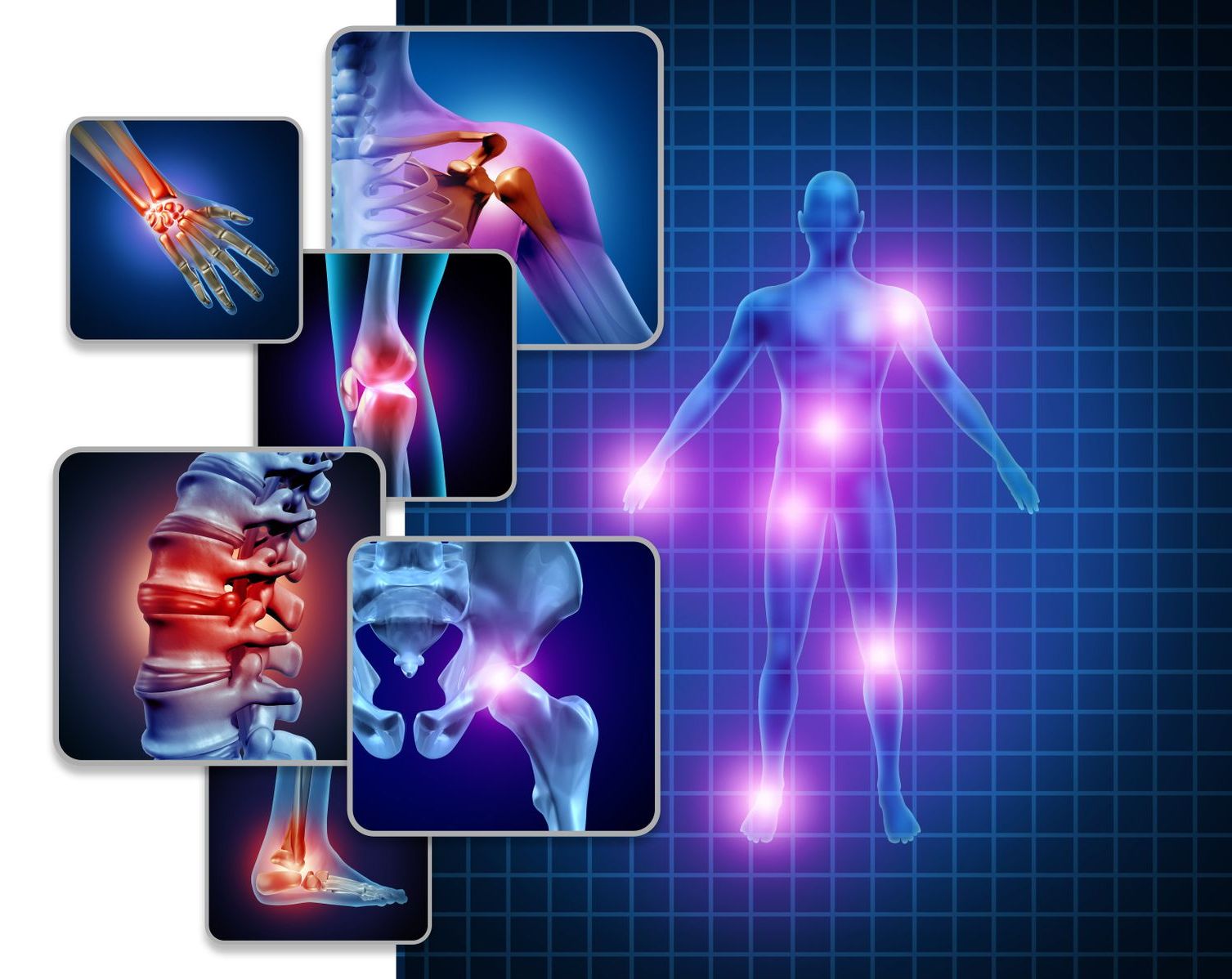- HOME
- ABOUT US
- WHAT IS AiARTHRITIS
- Diseases
- Rheumatoid Arthritis (RA)
- Psoriatic Arthritis (PsA)
- Systemic Lupus Erythematosus (SLE)
- Sjögren's Disease (SD)
- Axial Spondyloarthritis (AxSpA)
- Crohn's Disease
- Sarcoidosis
- Relapsing Polychondritis (RP)
- Systemic Sclerosis/Scleroderma (SSc)
- Behcet's Disease (BD)
- Palindromic Rheumatism (PR)
- VEXAS
- Antisynthetase Syndrome (ASS)
- Mixed Connective Tissue Disease
- JIA
- Familial Mediterranean Fever (FMF)
- HIDS (hyper-IgD syndrome, a mevalonate kinase deficiency)
- Cryopyrin-Associated Periodic Syndromes (CAPS) - Familial Cold Autoinflammatory Syndrome, Muckle-Wells Syndrome
- Schnitzler Syndrome
- Chronic Nonbacterial Osteomyelitis (CNO)/Chronic Recurrent Multifocal Osteomyelitis (CRMO)
- Still's Disease
- All Diseases
- Diseases
- OUR WORK
- RESOURCES & TOOLS
- GET INVOLVED
- CONTACT US
Systemic Sclerosis/Scleroderma (SSc)




How to pronounce it:
Scleroderma - sklair-oh-DUR-muh
Systemic - suh-steh-muhk
Sclerosis - sklr-ow-suhs
AiArthritis defines systemic sclerosis (scleroderma) as:
Scleroderma, also known as systemic sclerosis, is a group of rare diseases that involve the hardening and tightening of the skin. It may also cause problems in the blood vessels, internal organs and digestive tract.
Symptoms
Symptoms of AiArthritis Diseases Regardless of Diagnosis



Common in All AiArthritis Diseases
- Periods of worsening symptoms are called flares. A flare can last for hours, days, weeks, or months.
- Condition improves with activity and exercise and worsens with rest.
- When inflammation is left uncontrolled due to lack of proper treatment, comorbidities can develop. 70% of patients with chronic, lifelong disease will develop comorbidities, including dual or triple diagnoses.
- Autoimmune diseases run in families. If anyone in your immediate family (parents, siblings) or extended family (aunts, uncles, grandparents) have been diagnosed with ANY autoimmune disease, there is the possibility of genetic predisposition.
“Auto” Symptoms
- Severe fatigue or exhaustion that may not be helped by caffeine/stimulants and can happen even after a long period of rest.
- “Brain fog” - or periods of time where thinking gets clouded and it becomes difficult to concentrate.
- Flu-like symptoms, without having the flu- nausea, muscle weakness, and general malaise.
- Fever, typically low grade in autoimmune and higher grade in autoinflammatory (% strongly varies per disease).
Reference: Early Symptoms of AiArthritis Study, AiArthritis, 2019.
Inflammatory Arthritis Symptoms
- Severe stiffness in one or more joints, especially in the morning or after sitting for long periods of time.
- Episodes of joint pain that may last for hours, days, or even weeks, that can appear and disappear suddenly. Often described as “jumping pain” into different locations.
Typically the joint pain will coincide with one or more “Auto” symptoms and start and stop suddenly - for no apparent reason (which is called a "flare"). Some people will experience all of the above symptoms, others only a few. If you have any of the arthritis features, and at least one of the “Auto” features, please consult your physician about a referral to a rheumatologist.
Symptoms Often Associated with Systemic Sclerosis/Scleroderma:
- Hardening and tightening of the skin
- Swelling and itchiness
- Small red spots, called telangiectasia, on their hands and face
- Calcium deposits can form under the skin, particularly at the fingertips, causing bumps that can be seen on X-rays
- Raynaud's phenomenon - Fingers and toes that turn white or blue when exposed to cold or during stressful periods
- Heartburn
- Difficulty swallowing
- Bloating
- Diarrhea
- Constipation
- Fecal incontinence
- Shortness of breath
- Decreased exercise tolerance
- Dizziness
- Pulmonary hypertension
- Irregular heartbeat

What fellow patients want you to know
Do you have Systemic Sclerosis/Scleroderma? Let us know what YOU would want those with SSc or those who are not yet diagnosed to know!
More About Systemic Sclerosis/Scleroderma
Diagnosing Systemic Sclerosis/Scleroderma

There’s no single definitive test that can confirm a Systemic Sclerosis/Scleroderma diagnosis, so rheumatologists look at a combination of physical exam, blood tests, and imaging (MRI), along with a family history of autoimmune disease. The common tests for Scleroderma include:
- ANA: Antinuclear Antibody Assay
- Nailfold Capillary Test
- Skin Tests: Modified Rodnan Skin Score
- Pulmonary (Lung) Function Tests
- Pulmonary Arterial Hypertension (PAH) Tests
- Upper GI Testing
Notable Persons with this Disease

- Ashley Baron, Recording Artist
Interesting Facts about this Disease

- The name scleroderma comes from the Greek words skleros, which means hard, and derma, which means skin
- Twins and family members of those with scleroderma or other autoimmune connective tissue diseases, such as lupus, may have a slightly higher risk of getting scleroderma.
- Scleroderma is more common in women than in men.
- Although over 95% of patients with scleroderma have Raynaud's, the chances of someone with Raynaud's developing scleroderma is small - it is less than 2% women and 6% in men.
Other Resources
In an effort to ensure this page has the most accurate and up-to-date information, this page is currently awaiting medical review. Some information is subject to change.
Page Last Updated: 9/1/2023
Sign up for our newsletters
International Foundation for AiArthritis
6605 Nottingham Ave.
St. Louis, MO 63109-2661
Toll Free: 1-877-609-4226
Text: 1-314-282-7214
Copyright 2024. All rights reserved. Information on this site is intended for informational purposes only Our foundation does not engage in the practice of medicine. Please consult a physician to obtain personal healthcare and treatment options. 501(c) 3 Nonprofit Tax ID: 27-1214308.


